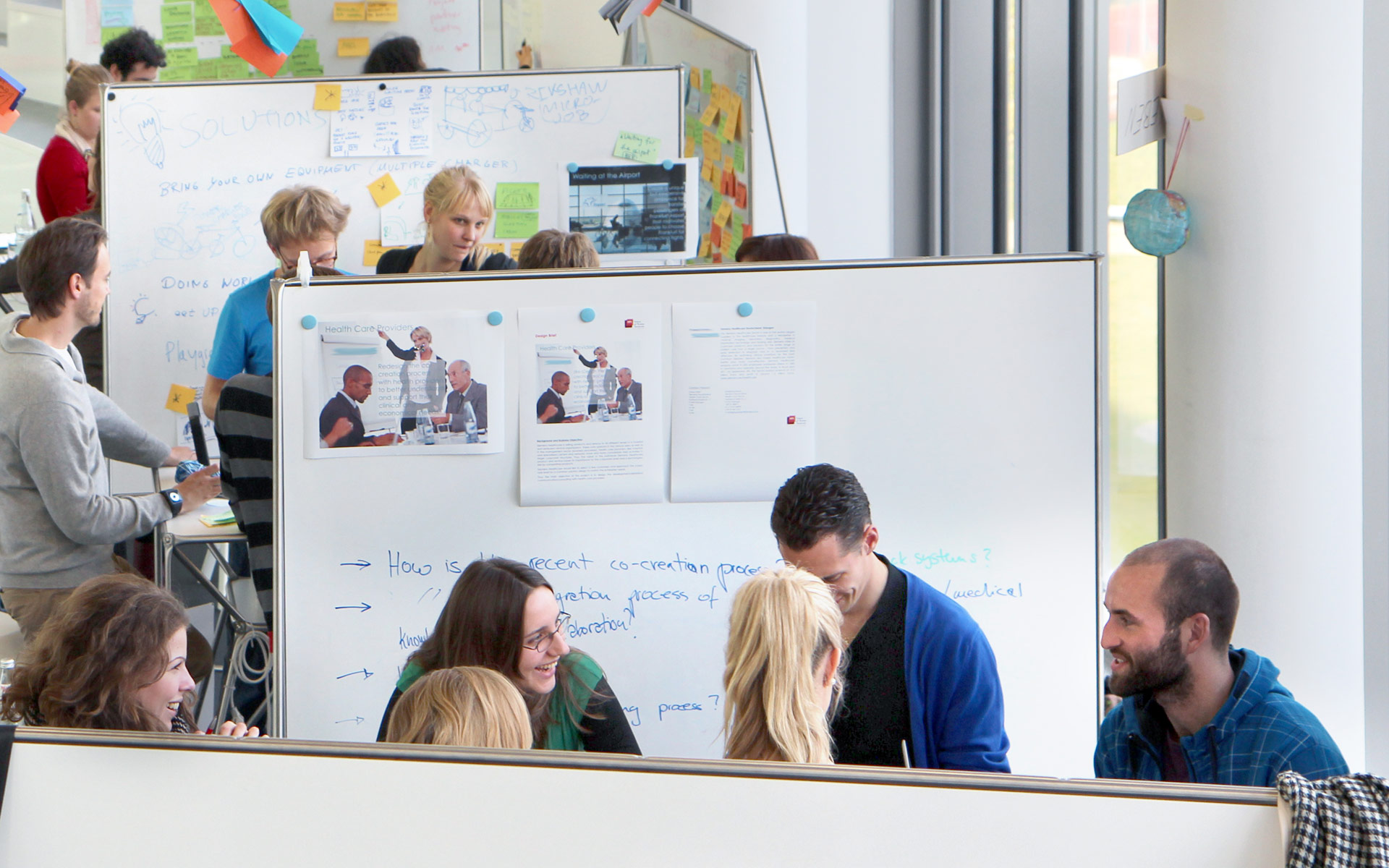PI: Prof. Allan L. Reiss
Abstract
This study will permit a comprehensive analysis of the rich multidimensional data captured with neuroimaging methodologies from the first and second study periods. In particular, we want to examine the sustainability of creative capacity building and the result of the quick “booster” shot of creativity training that was provided to returning subjects by analyzing the data collected from the crossover period, one-year follow-up, and after the second-year booster shot. In addition, to allow brain mapping of creativity to be extended into more naturalistic environments, we will use functional Near-Infrared Spectroscopy (fNIRS) imaging in a new subject group while they are engaged in design thinking and creative problem solving, and compare these results to those generated from functional MRI. Key questions include: [1] Sustainability of creative capacity
- Does enhanced creative capacity sustain following training?
- After acquisition/enhancement, do the brain and behavioral features associated with creative capacity require ongoing conditioning (like sit-ups for your body) for retention/sustainability?
- Is there a “dose-response” relationship between the quantity of booster training and retention of creative capacity?
[2] Prototyping novel methods to examine creativity in naturalistic and unrestrictive environments
- How to develop experimental setups that are more naturalistic and less restrictive for better capturing of neural correlates of applied creativity?
- What are the neural correlates of creativity during moments of practice/execution?
[3] Advanced analysis of data to understand changes in functional and structural connectivity in the brain
- What are the changes in brain connectivity (both structural and functional) associated with creative capacity building?
New findings on the sustainability of creative capacity and activity of neural correlates during creativity training has the potential to profoundly influence our understanding of the human brain and behavior links underlying design thinking during the phenomenon of innovation.

